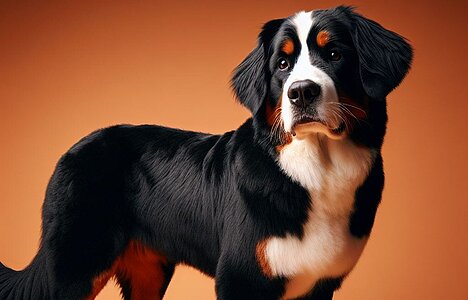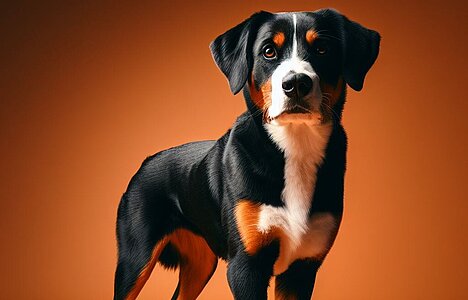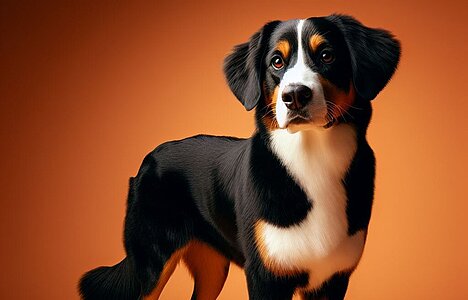The majestic St. Bernard: a gentle giant with a heart of gold
The history of the St. Bernard
The St. Bernard has a fascinating history dating back to the 11th century. Originally, these dogs were bred in the hospice of the Great St. Bernard Pass in the Swiss Alps. There they served the monks as rescue dogs, saving travelers in the snowy Alps. The most famous St. Bernards are probably the legendary rescue dogs with barrels around their necks, an image that is still anchored in many people's minds today. One of the most famous dogs was "Barry", who lived at the beginning of the 19th century and saved the lives of more than 40 people.
Who is the St. Bernard suitable for?
St. Bernards are ideal for families who have plenty of space and time for their pets. They are patient and friendly companions who get on particularly well with children. Due to their size and need for exercise, they are less suited to city life, unless you have access to large, open spaces where they can let off steam.
The character of the St. Bernard
St. Bernards are known for their gentle and friendly nature. They are extremely loyal and protective of their family members without being aggressive. These dogs are often very patient and affectionate, which makes them excellent family dogs. They tend to be calm and even-tempered, although they also have a playful side.
Appearance of the St. Bernard
The St. Bernard is a large, powerful dog with an imposing appearance. It has a massive head, often with a prominent forehead crease, and expressive, dark eyes. Its coat is dense and can be either short or long, usually in the colors white and reddish-brown. A typical feature is the black mask around the eyes.
Grooming the St. Bernard
Grooming a St. Bernard requires regular brushing, especially the long-haired variety, to avoid matting. They shed all year round, with an increased shedding in spring and fall. Regular ear checks and cleanings are also important to avoid infections. Claws should also be trimmed regularly to prevent excessive growth.
Health of the St. Bernard
St. Bernards are generally healthy dogs, but they are prone to certain genetic health problems such as hip dysplasia, elbow dysplasia and heart disease. Regular vet visits and a balanced diet are crucial to ensure your Saint Bernard's health. Due to their size and rapid growth, they are also prone to bone and joint problems.
Size and weight of the Saint Bernard
An adult Saint Bernard can reach a shoulder height of 70 to 90 cm and weigh between 64 and 120 kg. This impressive size makes them one of the largest domestic dogs in existence.
Exercise and activity
St. Bernards require moderate exercise, but are not high performance athletes. Daily walks and occasional playtime are enough to keep them happy and healthy. Due to their size and weight, strenuous activity should be avoided to protect their joints.
Training recommendations
St. Bernards are intelligent dogs that respond well to positive reinforcement and gentle, consistent training. Early socialization and obedience training are important to ensure they get along well with other animals and people. Due to their size, it is especially important that they are well behaved and have mastered basic commands.
Behavior and interactions with children and other animals
St. Bernards are gentle and patient by nature, which makes them excellent family dogs. They generally get on well with children and are very protective. They also usually get along well with other pets, especially if they have been socialized from an early age.
FCI recognition
Yes, the Saint Bernard is recognized by the Fédération Cynologique Internationale (FCI) and belongs to Group 2: Pinscher and Schnauzer - Molossoid - Swiss Mountain and Cattle Dogs.
Information
Alternative Names
Country of origin
Appearance
Height at withers
Weight
Life expectancy
Breeding
FCI-Group
Standard
Section
More pictures
Similar to Saint Bernard
These dog breeds look similar to the Saint Bernard or resemble it in character.




